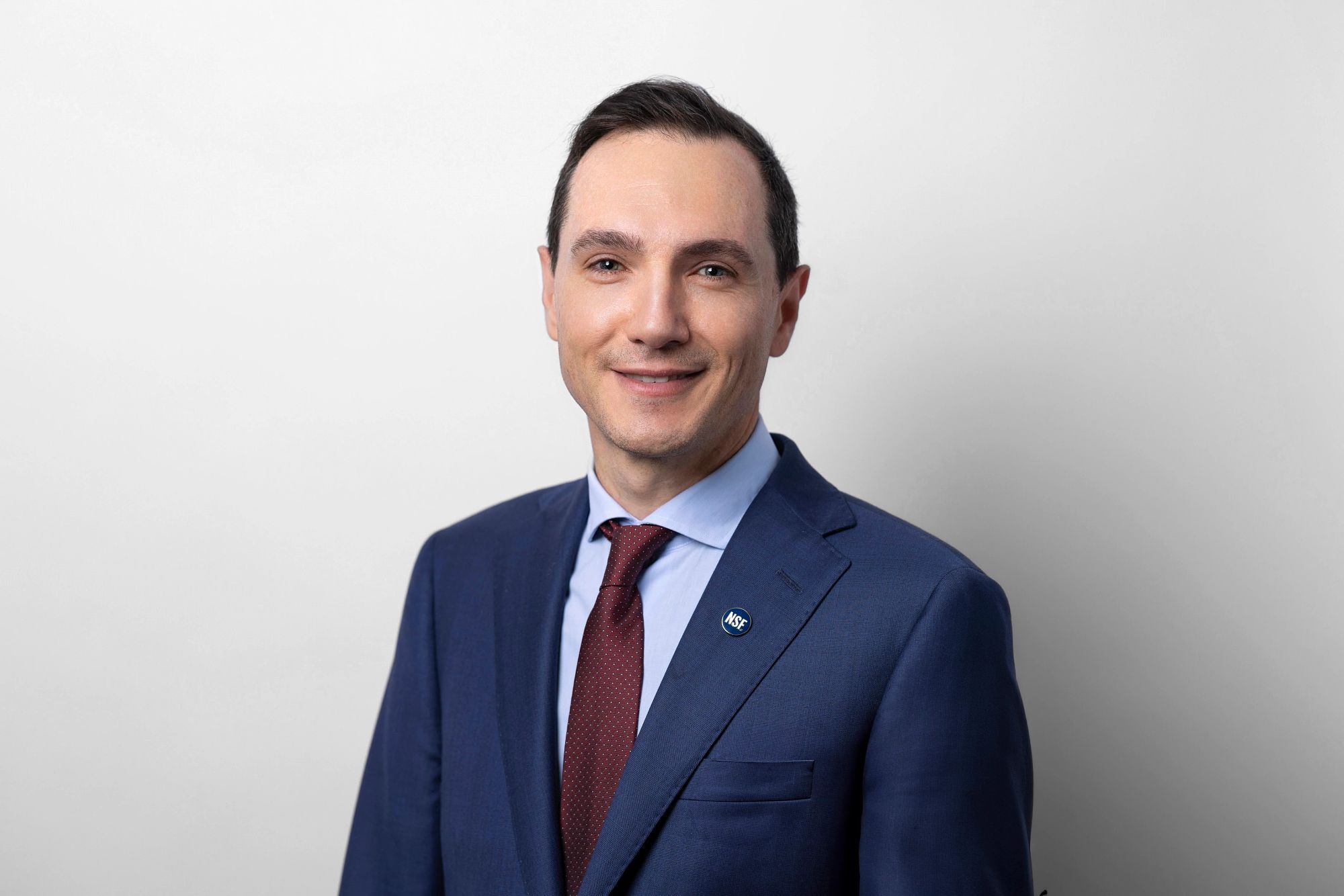Regulatory Strategy: A Comprehensive Guide to Navigating the Global Market

A well-defined regulatory strategy not only enables you to secure funding for device development but also helps you establish a more efficient and timelier pathway to device clearance or approval and ensure compliance. In this comprehensive guide, we will explore the key elements and considerations involved in building a successful regulatory strategy, with a focus on pre-market submissions
Defining your device
Before diving into the intricacies of regulatory strategy, it is essential to have a clear understanding of your medical device. Defining your device involves answering fundamental questions about its intended use, duration of use, patient population, benefits, and risks. These factors play a vital role in shaping your regulatory pathway and determining the scope of your pre-market submission. Additionally, consider whether your device is reusable, any planned serviceability, and if there are any associated consumables.Understanding regulatory requirements
Once you have defined your device, it is crucial to familiarize yourself with the regulatory requirements of the target markets. Regulatory requirements can vary significantly between countries and regions, and staying up to date with these requirements is essential for a successful regulatory strategy. Conduct thorough research to identify applicable regulations, allowable medical claims, and quality system standards. A comprehensive understanding of the regulatory landscape will help you navigate the complexities of pre-market submissions.Identifying target markets
Selecting the right target markets is a critical step in building your regulatory strategy. Consider factors such as market size, growth potential, competition, and reimbursement policies. Conduct market research to identify countries and regions that align with your business objectives and offer favorable regulatory environments. It is also essential to evaluate the specific requirements and timelines for each target market to ensure a smooth regulatory process.Choosing the right regulatory pathway
Once you have defined your device and identified your target markets, it is time to choose the most appropriate regulatory pathway. Regulatory pathways can vary depending on factors such as device classification, intended use, and risk level. Common regulatory pathways include 510(k) clearance, premarket approval (PMA), and the de novo classification process. Selecting the right pathway is crucial for efficient and timely market entry.
Preparing for pre-market submission
Pre-market submission is a critical phase in the regulatory process, requiring careful preparation and documentation. This stage includes activities such as document management, product development, design control, risk assessment, and training management. Establishing a robust quality system, including proper documentation and adherence to regulatory standards, is essential for a successful pre-market submission. Consider engaging with regulatory consultants who can provide guidance and support throughout this process.Navigating the FDA approval process
For medical device companies seeking to enter the U.S. market, navigating the FDA approval process is a significant milestone. This process involves submitting a pre-market notification (510(k)), premarket approval (PMA), or a de novo application. Each pathway has its own requirements and timelines, and understanding the intricacies of the FDA approval process is vital for success. Engaging with regulatory consultants who specialize in FDA submissions can help streamline the process and ensure compliance.
International regulatory considerations
Expanding into international markets requires careful consideration of additional regulatory requirements and standards. Each country or region may have its own regulatory authority and unique submission processes. It is essential to conduct thorough research on international regulatory requirements, assess the need for additional testing or certifications, and engage with local regulatory experts to navigate the complexities of international markets successfully.
Quality systems and documentation
Expanding into international markets requires careful consideration of additional regulatory requirements and standards. Each country or region may have its own regulatory authority and unique submission processes. It is essential to conduct thorough research on international regulatory requirements, assess the need for additional testing or certifications, and engage with local regulatory experts to navigate the complexities of international markets successfully.
Risk management and compliance
Risk management is an integral part of a comprehensive regulatory strategy. It involves identifying, assessing, and mitigating risks associated with your device throughout its lifecycle. Implementing risk management processes and conducting risk assessments are essential for ensuring patient safety and regulatory compliance. Compliance with relevant standards, such as ISO 14971, is critical in demonstrating your commitment to risk mitigation and regulatory requirements.
Post-market surveillance
Regulatory compliance does not end with pre-market submission and device approval. Post-market surveillance is an ongoing process that involves monitoring the safety and performance of your device in the market. It includes activities such as complaint handling, adverse event reporting, and post-market clinical follow-up studies. Maintaining robust post-market surveillance processes is crucial for ensuring ongoing compliance and identifying potential issues or improvements.
By developing a comprehensive regulatory strategy that covers all stages of the medical device lifecycle, from pre-market submission to post-market surveillance, you can navigate the global market with confidence. Remember to stay updated on regulatory requirements, engage with regulatory experts, and prioritize quality, safety, and compliance throughout the development and commercialization of your medical device. With the right strategy in place, you can achieve regulatory compliance efficiently and effectively, bringing safe and innovative medical devices to market.
NSF’s range of consulting, training, and auditing services for medical device, IVD and combination product manufacturers are called upon by companies globally. Our medical device, IVD, and combination product experts can help you to bring new and innovative products to market.
Connect with our global team of experts and ex-regulators who offer deep experience in the medical device, IVD, and combination product industry.
Would you like to learn more about NSF’s medical device and IVD consulting services?
Disclaimer: This article is for informational purposes only and should not be considered legal or regulatory advice. Always consult with regulatory experts and legal professionals for guidance specific to your situation.
How NSF Can Help You
Get in touch to find out how we can help you and your business thrive.

What’s New with NSF

NSF Celebrates 50 Years of the Safe Drinking Water Act
December 16, 2024
Brooklands New Media’s Publication On NSF’s Global Animal Wellness Standards (GAWS) Not Endorsed by NSF
November 25, 2024
NSF Announces Participation in Sustainable Foods 2025, CNBC Docuseries
November 18, 2024
